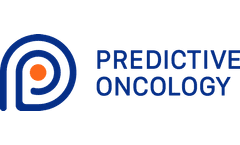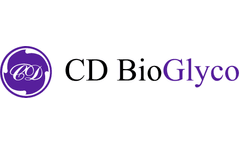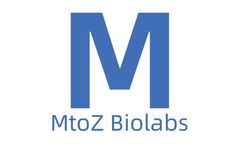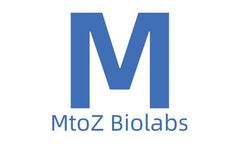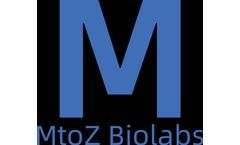Refine by
Drug Candidate Articles & Analysis
58 articles found
One such approach involves the repositioning, or repurposing, of drugs already FDA approved in either non-oncology disease states and/or approved in a limited number of tumor types. The repurposing of these drugs for new indications represents an opportunity to circumvent the time and investment that must go into the discovery, development, and approval of new ...
In the realm of drug discovery, kinase screening services have emerged as a pivotal tool for understanding complex cellular signaling pathways and identifying potential therapeutic targets. ...
The MDCK permeability assay is a critical technique employed in pharmacology and drug development to evaluate the permeability of drug candidates across epithelial cell layers. ...
Understanding the metabolic stability of potential drug candidates is paramount in the realm of pharmaceutical development. ...
This article explores the importance of drug screening in drug-resistant cells and its implications for advancing therapeutic strategies. ...
By creating cell lines with specific genes “knocked out,” scientists can investigate disease mechanisms, screen drug candidates, and develop gene therapies more effectively. This article explores the significance, methodologies, applications, and future prospects of custom knockout cell lines. ...
It is the process that bridges the gap between basic research and clinical testing, allowing for the evaluation of potential drug candidates in biological systems before they are tested in humans. ...
In the realm of pharmaceutical research and development, ADME testing services play a pivotal role in evaluating the pharmacokinetics of drug candidates. ADME stands for Absorption, Distribution, Metabolism, and Excretion, which are critical processes that determine the fate of a drug within the body. ...
This article explores the profound impact of nanotechnology on drug delivery systems and its correlation with formulation development services Enhanced Drug Delivery and Targeting One of the most significant contributions of nanotechnology to pharmaceutical formulations is its ability to enhance drug delivery and targeting. Through the design ...
Understanding the complex world of drug discovery and development necessitates familiarity with key players in cellular communication. ...
This process also aids in screening for monoclonal antibodies with high specificity and affinity, crucial for therapeutic applications in oncology, infectious diseases, and autoimmune disorders. 4. Glycan-Based Drug Discovery The study of glycan structures has led to the discovery of novel drug candidates targeting glycan-related pathways. By ...
Assessing these properties during drug development can help identify suitable candidates and optimize formulations. ...
Studying changes in protein phosphorylation in these diseases can help reveal the molecular mechanisms of these conditions.3. Drug DevelopmentBy screening small-molecule drugs that affect protein phosphorylation levels, potential drug targets and candidate drugs can be discovered.4. ...
The secretome field can be used to study the pathogenesis of these diseases and potential treatment targets.Drug DevelopmentIn drug development, the secretome field can be used to screen drug candidates, understand their effects on secreted proteins, and evaluate their efficacy.Secreted proteins are one of the important categories of proteins in ...
Protein SequencingProtein sequencing helps to accurately analyze the amino acid sequence and three-dimensional structure of disease-related proteins, and then reveal their biological functions and interaction mechanisms, providing potential targets for new drug research.2. Peptide SequencingPeptides, as bioactive molecules, have various biological functions and are important ...
Difficult to Target Antigens and Novel Drug TargetsDifficult-to-target antigens and novel drug targets are major challenges in antibody discovery and antibody drug design. ...
The development of nanobody-based drug delivery systems began with the discovery of camelid antibodies in the early 1990s. These antibodies were found to have several unique properties that made them ideal candidates for drug delivery applications. One of the key advantages of nanobodies is their small size, which allows them to penetrate tissues ...
By leveraging deep insights into molecular structures, scientists can sculpt innovative drug candidates with unprecedented precision and finesse, ushering in a new era of personalized and targeted therapies. ...
De novo design allows for the exploration of uncharted chemical territory, potentially uncovering unexpected and innovative drug candidates. Another powerful tool in the drug designer's arsenal is fragment-based drug design (FBDD). ...
As a leading biotechnology company, MtoZ Biolabs is committed to providing comprehensive, one-stop CRO testing services to scientific research institutions and pharmaceutical companies worldwide. Whether in the early stages of drug discovery, candidate drug evaluation, or preclinical development, MtoZ Biolabs can provide professional technical ...

